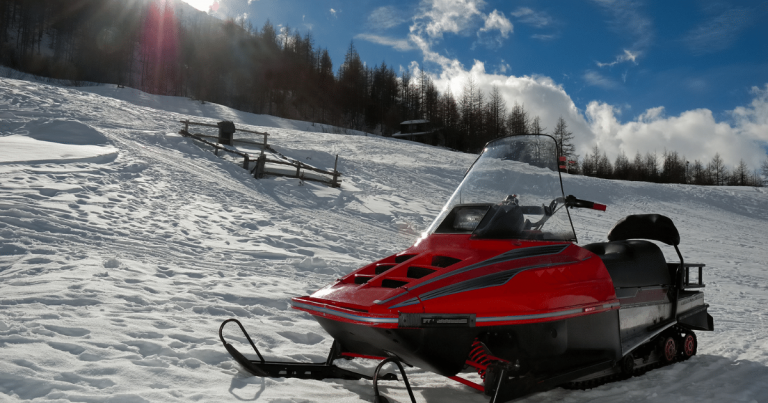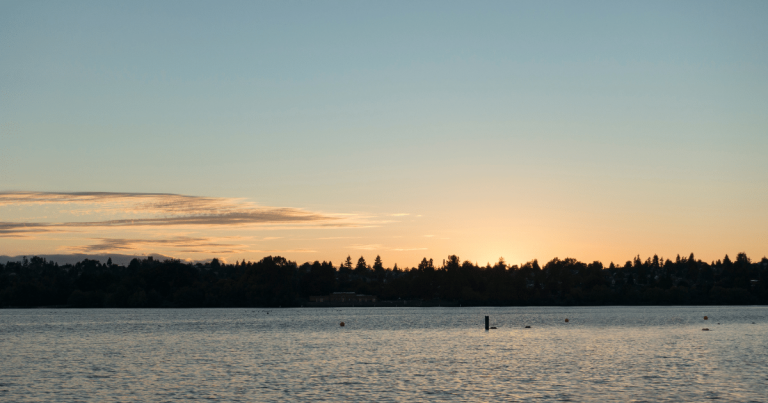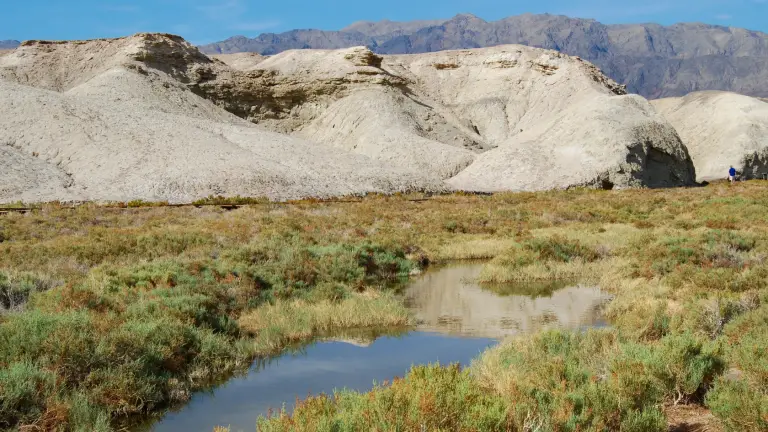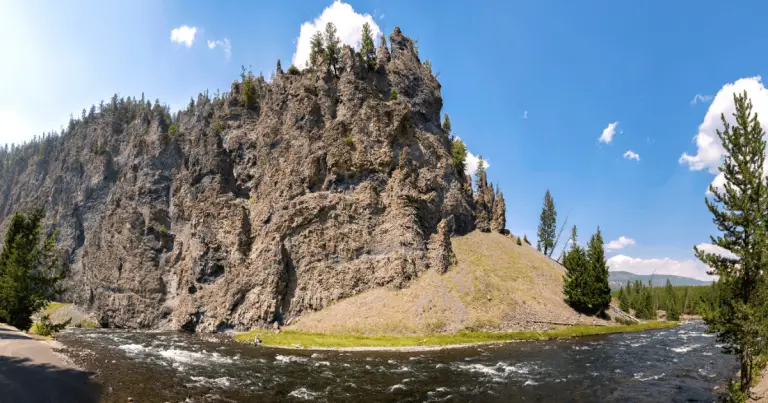Exploring the Seasons: Sequoia National Park Weather by Month
Sequoia National Park, a majestic destination that houses nature in its purest form, is a wonder to explore. However, to truly enjoy what this park has to offer, understanding the Sequoia National Park weather by month is crucial. The weather dramatically shapes the park’s landscapes and influences the experiences you can expect during your visit. Each month presents a unique aspect of the park’s beauty, from the sparkling, snow-capped sequoias in the winter months to the lush, vibrant growth in the spring and summer. Beyond the towering giants and cascading waterfalls, the park’s diverse climate creates a dynamic tapestry of experiences.

Month-by-Month Weather Guide: Planning Your Sequoia Visit
When planning a trip to Sequoia National Park, a month-by-month weather guide can be an invaluable tool. Armed with this knowledge, you can make informed decisions about when to visit and what to pack, ensuring you can fully embrace everything the park has to offer.
In January, the park is typically blanketed in snow, with temperatures ranging from 20-45°F (-6 – 7°C). It’s the ideal time for snowshoeing and winter photography. February sees similar conditions, but with slightly warmer temperatures, averaging between 25-47°F (-3 – 8°C). March begins to see the start of the spring thaw, with temperatures ranging from 27-52°F (-2 – 11°C). The snow starts to recede, revealing the first signs of spring.
April ushers in the full bloom of spring, with temperatures ranging from 34-61°F (1 – 16°C). The landscape transforms into a sea of green, offering a refreshing vista. May continues this trend, with warmer temperatures ranging from 41-70°F (5 – 21°C). June marks the start of summer, with temperatures averaging between 47-80°F (8 – 27°C). The park is vibrant and teeming with wildlife at this time.
July and August are the warmest months, with average temperatures ranging from 53-88°F (12 – 31°C). These are perfect months for hiking, but remember to stay hydrated. September sees the onset of fall, with average temperatures dropping to between 47-81°F (8 – 27°C). The park takes on a golden hue, and the wildlife is highly active.
October brings cooler temperatures, ranging from 37-70°F (3 – 21°C), and the changing leaves create a colorful landscape. November sees a further drop in temperatures, averaging between 29-57°F (-1 – 14°C), as winter begins to set in. December, much like January, typically sees temperatures ranging from 24-48°F (-4 – 9°C), marking the return of the snowy landscape.
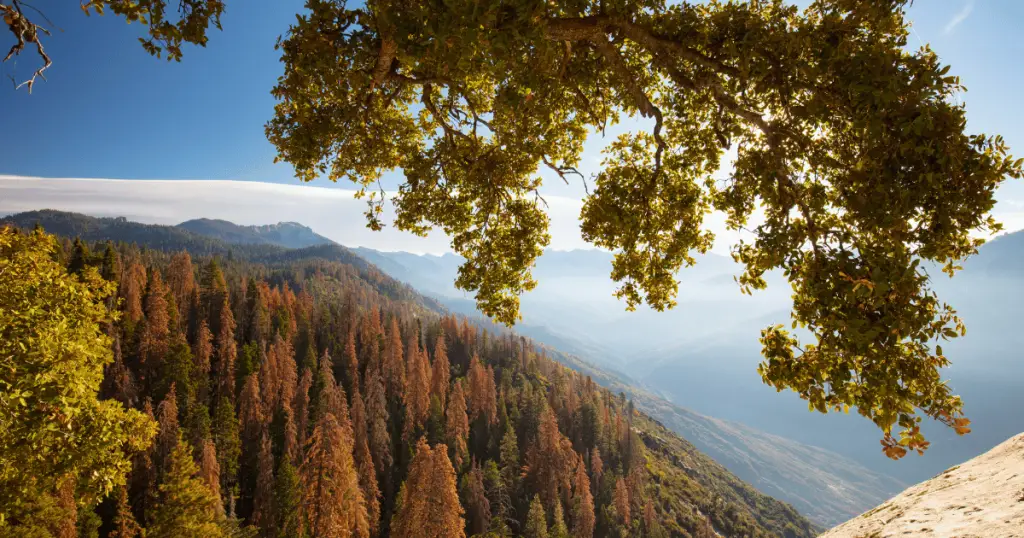
Springtime in Sequoia: Weather and Blossoming Beauty
Spring unfolds a fresh chapter in Sequoia National Park, instilling the landscapes with a renewed vibrancy as the snow retreats. The weather conditions during spring, typically from late March through May, provide a beautiful balance of mild temperatures and rejuvenating rain showers. With daytime temperatures often ranging between 34-70°F (1 – 21°C), visitors can comfortably explore the park without the intense heat of the summer or the biting cold of winter.
This season is marked by the park’s wildflowers breaking through the thawed ground, painting the meadows in a riot of colors. The Dogwood trees blossom with white flowers, creating a striking contrast against the evergreen backdrop. The hillsides are dusted with the vibrant hues of Indian paintbrush, lupine, and California poppies, creating a picturesque palette that is a delight for nature lovers and photographers alike.
The best times to visit during spring are late April and May. During these months, the park is less crowded, and the blossoming beauty of the park is at its peak. Along with the stunning floral display, springtime in Sequoia National Park also offers excellent opportunities for wildlife viewing, with creatures emerging from their winter slumber.

Summer Adventures: Navigating Sequoia’s Warm Weather
Stepping into summer, Sequoia National Park transitions into a hive of activity, bathing in the warm sunshine and clear, blue skies. The average summer temperatures linger between 47-88°F (8 – 31°C), presenting an ideal setting for a variety of outdoor activities and events. As the snow from the towering sequoia trees melts away, the park reveals its verdant landscapes and teeming wildlife, creating an adventurer’s paradise.
Summer is the perfect time to hit the park’s extensive trail network, with hiking being a popular choice among visitors. The trails range from easy nature walks to strenuous hikes, all offering stunning vistas of the park’s unique geographical features. Remember to start your hikes early in the morning to avoid the heat of the midday sun and to catch glimpses of the park’s wildlife.
For those looking to cool off, the park’s numerous rivers, lakes, and waterfalls offer a refreshing respite from the summer heat. You can kayak or canoe in the serene waters of Hume Lake, or take a leisurely dip in the cool pools at the base of the park’s waterfalls.
Camping enthusiasts can take advantage of the warm nights to stargaze, with the park’s remote location providing minimal light pollution. Moreover, park rangers often host educational events and workshops throughout the summer, from wildlife talks to guided nature walks, adding an enriching layer to your park experience.
Fall Foliage and Mild Temperatures: Sequoia in Autumn
As summer wanes and autumn paints its colors across Sequoia National Park, the landscape undergoes an awe-inspiring transformation. The leaves of deciduous trees like the Black Oak begin to change color, transitioning from a vibrant green to hues of gold, orange, and red. The months of September and October are the best times to witness this magnificent fall foliage, creating a visual feast for visitors.
Fall in Sequoia National Park is characterized by mild weather, with daytime temperatures averaging between 47-70°F (8 – 21°C), making it an ideal time for hiking and wildlife viewing. As the temperatures drop, the park’s wildlife becomes more active during the day, adding to the overall experience. The crisp air, the crunch of leaves underfoot, and the dazzling display of colors create a mesmerizing environment that is hard to forget. Whether you’re a photography enthusiast looking to capture vibrant autumn colors or a nature lover seeking tranquility, fall in Sequoia National Park offers an enchanting experience.

Winter Wonderland: Sequoia National Park in the Snow
There is a unique beauty that envelopes Sequoia National Park during winter. As temperatures drop, the park is transformed into a magical winter wonderland, with thick blankets of pristine snow adorning the giant sequoias and landscapes. Amid the crisp, cool air, the park takes on a quiet, ethereal beauty, creating an unforgettable spectacle.
Winter also brings forth a host of activities, turning the park into a playground for adventure enthusiasts. Snowshoeing is a popular pastime, allowing visitors to traverse the snow-covered trails while taking in the serene winter vistas. Winter photography is another highlight, capturing the frosted sequoias and snow-laden landscapes in their winter glory.
Weather Safety: Be Prepared for Your Sequoia Adventure
No matter the season, preparing for a safe trip to Sequoia National Park is crucial. In spring, keep an eye on the weather forecasts to plan for intermittent showers, ensuring you have waterproof gear and sturdy footwear. During summer, ensure you stay hydrated and protected from the intense sun with sunscreen, a hat, and light clothing. Autumn visits require layers to accommodate the mild days and cooler evenings and always be prepared for unexpected rain showers. Winter trips demand careful planning due to the cold temperatures and snow; adequate winter clothing, snow boots, and equipment like snowshoes or crampons are a must. Also, keep in mind the risk of avalanches in certain areas.
Final Thoughts
Sequoia National Park unfolds its beauty in distinct and mesmerizing ways throughout the year, each season presenting unique adventures and stunning landscapes. With mindful preparation and respect for the park’s natural inhabitants, a visit to Sequoia National Park can be a magical experience, no matter the time of year.

